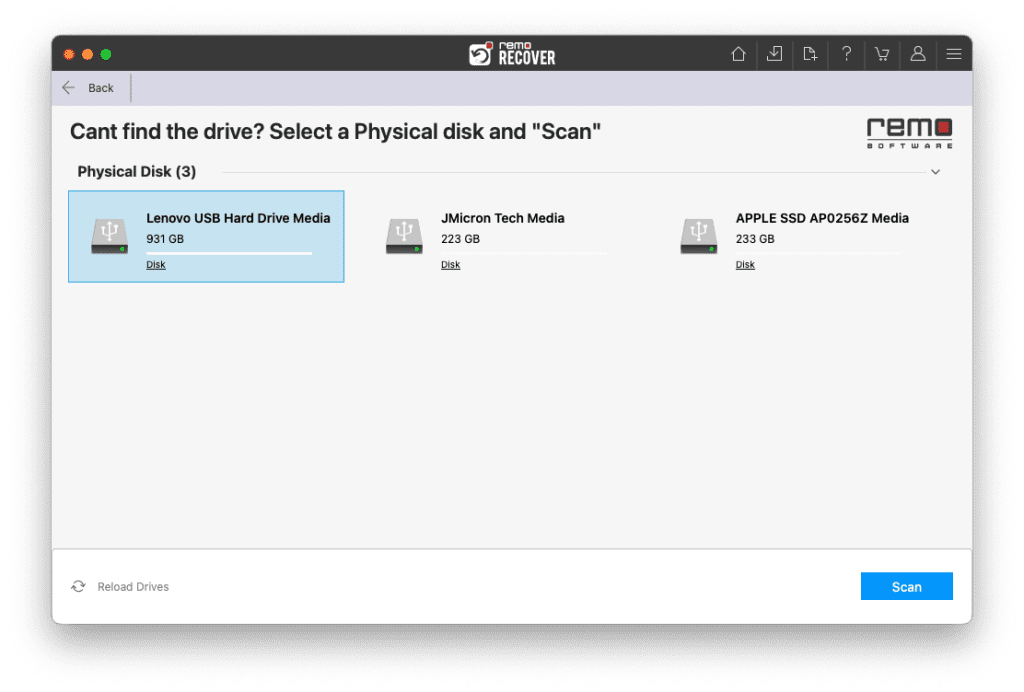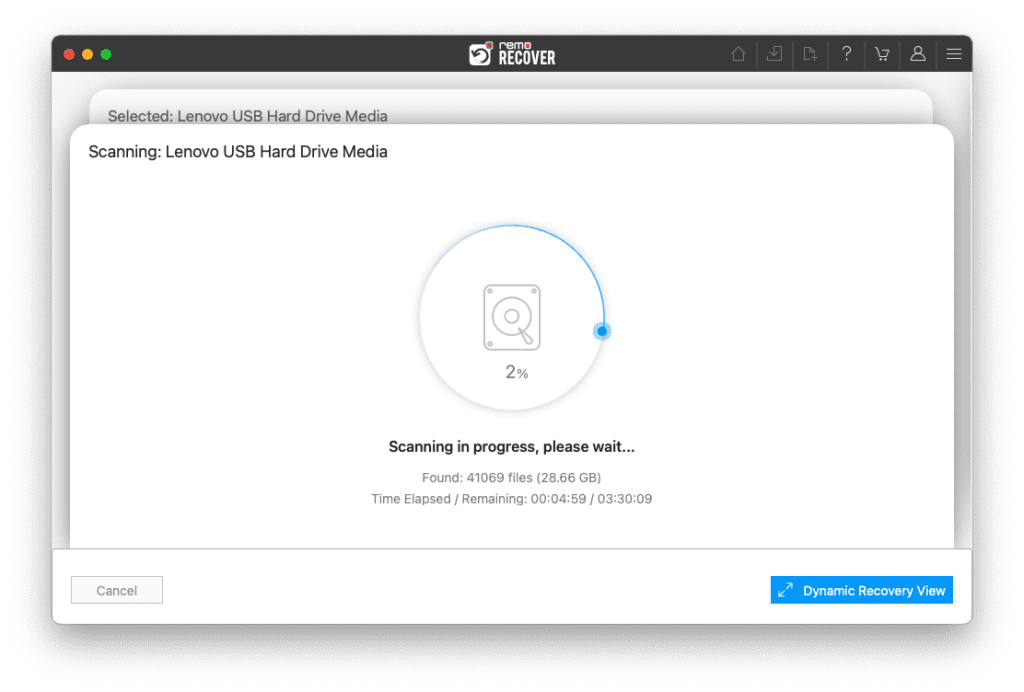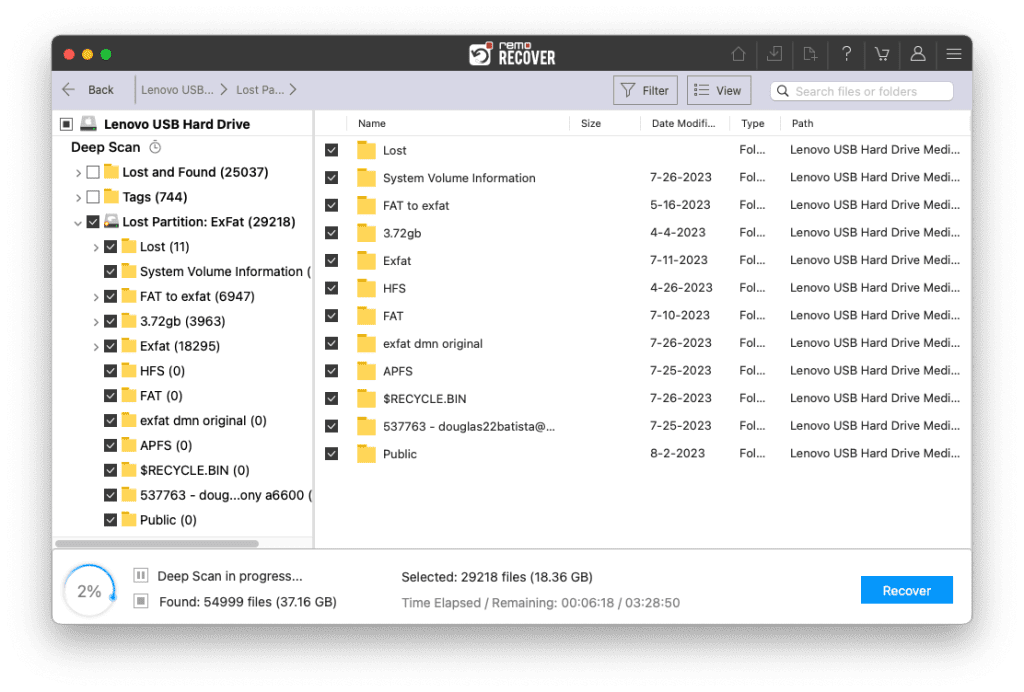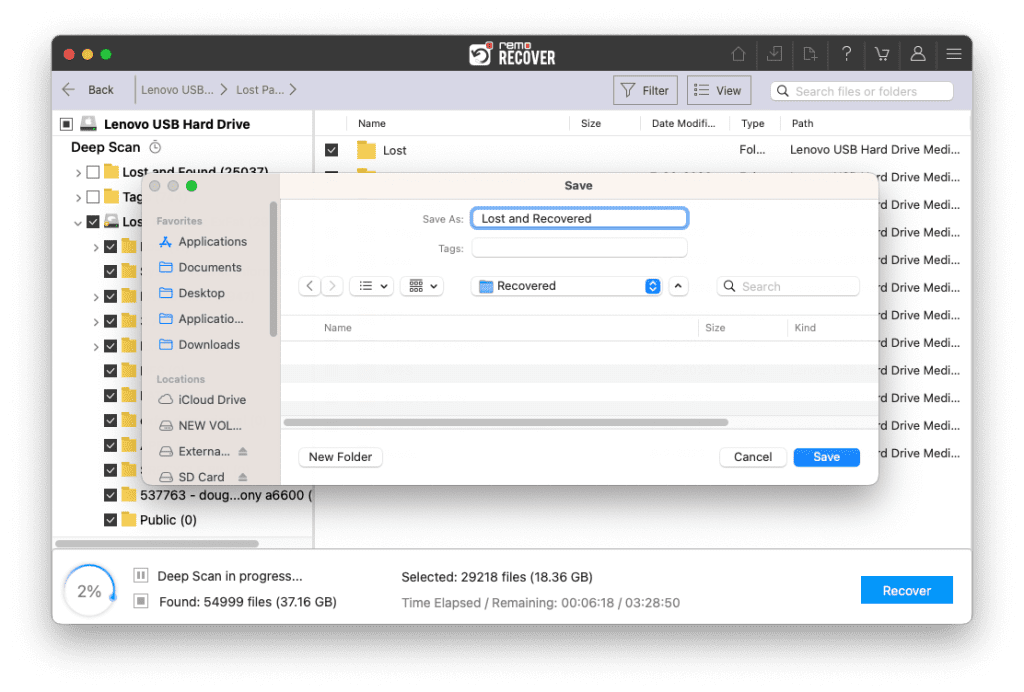Has anyone seen this? When trying to mount a dmg (disk image) file, getting the very odd error - "no mountable file systems" on the Mac system. Well, here’s what to do
Though the Mac systems are the most secure computers, there are chances that you might face No mountable file system in Mac machines anytime. The no mountable file systems Mac error can cause the computer to work slow or frequent unexpected problems. When this error occurs, you may not be able to access your Mac hard drive or the applications that you have installed on your system
If you are facing a Mac error with no mountable file systems, then you don’t need to panic. Your Mac system will start running slow and sometimes, the hard disk becomes inaccessible. However, you can fix this Mac error with no mountable file system with a few free methods that are given below.
Why Does “No Mountable File Systems” Occur on Your Mac?
The above error can be caused by various reasons, creating panic in your mind. Here are a few of them:
- Accidentally deleting any Mac files
- Power failure
- Read/Write operation interruption
- Unsupported data
- Virus attack
- Improper changes in EFI (Extensible Firmware Interface)
- Header file corruption
- Corruption of catalog files node
- Boot sector problem
- Issues in program installations, etc.
How to Fix No Mountable File Systems Mac Error for Free?
If you are facing Mac error or no mountable file systems problem, follow these steps:
- In most cases, the downloaded disk image file is corrupt or had an error while downloading. If possible, try downloading the dmg file again after turning off any download assistant plug-ins you may have.
You can try downloading the file in a different browser as well. You can also try curl -O url in Terminal to download the file. - Reboot your Mac if you haven't already tried that. Apparently, if there are too many dmg files open, the no mountable file system Mac error is caused.
- Disable if you have enabled any restrictions that need permissions or prevent accessibility to external drives (thumb drives, optical drives, etc.).
- Try mounting the disk image file in the command line in Terminal. We will at least get some sort of useful error message to go on if it still fails. Follow the steps given below to know how you can mount the disk image in Terminal.
How to Mount Disk Image File in Terminal?
Step 1: In Spotlight, search for Terminal and press enter to open the Terminal app.
Step 2: Type or copy-paste hdiutil attach in the terminal but, do not press enter yet
Step 3: Drag and drop the dmg file from your Finder window onto the Terminal window.
Step 4: This will fill in the location of the dmg file in your Terminal window and hit enter once the location is filled.
Note: Trying to fix No mountable file systems Mac error needs a lot of technical knowledge. Any miscalculation or entering improper values may lead to data loss from your Mac. If the user does not possess any technical knowledge, It is always recommended to make use of Mac data recovery software.
This will help to recover data from the inaccessible Mac and fix the Mac error no mountable file systems problem by formatting the system.
Software to Recover Data after Facing No Mountable File Systems Error on Your Mac
Remo Mac File Recovery Software can solve your problem if you suffer from Mac data loss. This simple, reliable, and easy-to-use tool will recover your deleted Mac data in no time. This tool can recover corrupted data from external and internal Mac drives. It scans the whole drive with its powerful algorithm and easily recovers all lost files and partitions. You can easily use this tool to recover deleted or lost Mac files. The tool is also compatible with various macOS versions such as Catalina, Mojave, High Sierra, etc.
You can perform Mac data recovery on your system effortlessly with the help of Remo Mac Data Recovery software. This tool is built keeping in mind the most novice users. The self-explanatory interface lets you get back Mac data without any hassle. The tool can also be used to recover lost Mac partitions from various file systems like HFS, HFS+, and APFS partitions. Make use of the Remo Mac data recovery tool and get your job done in a few simple steps.
Recover Data After Encountering No Mountable File System Error:
(Follow the steps mentioned below if you want to recover data after encountering No Mountable File System error.)
STEP 1: Download and install, Remo Recover Mac on the affected Mac system.
STEP 2: Launch the software, select the Volume, and click on Scan.
NOTE: If you are unable to locate the volume on the home screen click on Can’t find the drive? Option.

Step 3: Click on Dynamic Recovery View to see the scan as it progresses.

Step 4: Once the scanning is completed, you can find the recovered data from the volume in the lost partition folder.

Step 5: You can double-click to preview the recovered data from the volume.

Step 6: You can click on Recover to save the recovered data from the No Mountable File System volume at your preferred location.

Caution: Do not save the recovered files on the same volume from where the data was lost. Save it in another location to avoid losing it again.